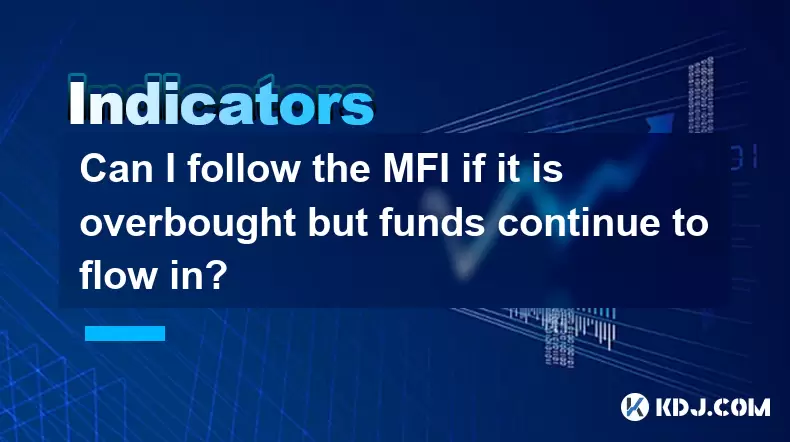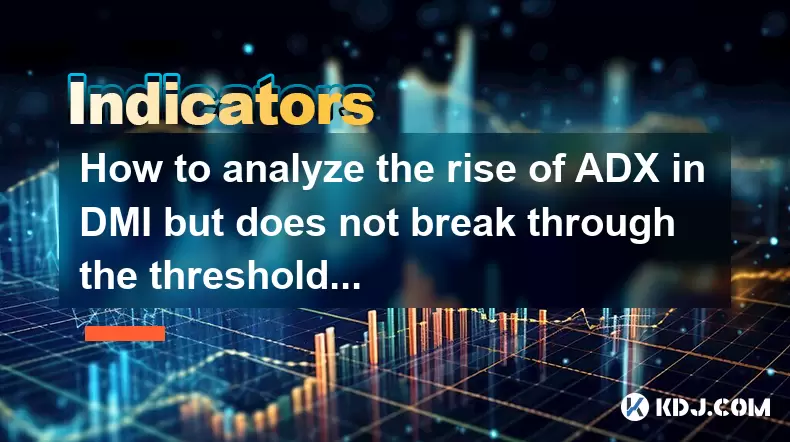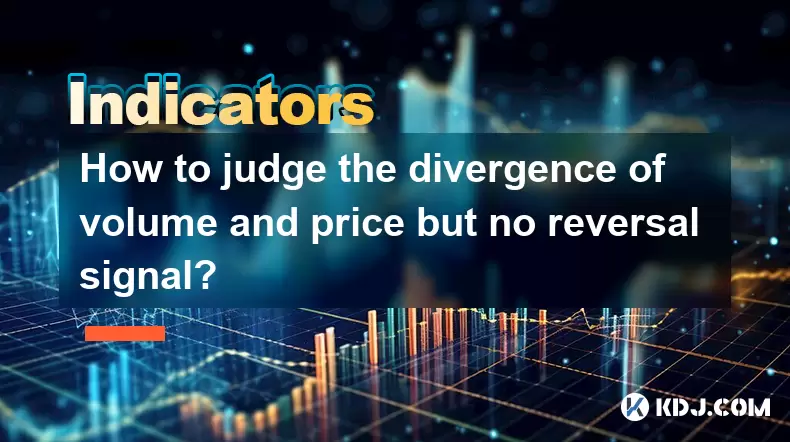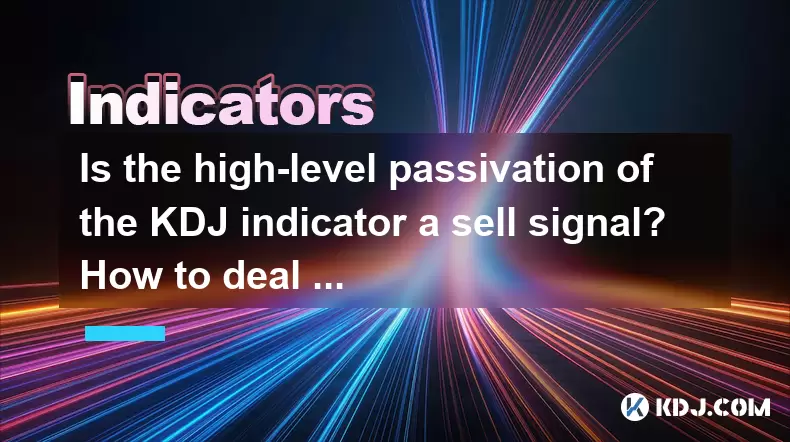-
 Bitcoin
Bitcoin $106,754.6083
1.33% -
 Ethereum
Ethereum $2,625.8249
3.80% -
 Tether USDt
Tether USDt $1.0001
-0.03% -
 XRP
XRP $2.1891
1.67% -
 BNB
BNB $654.5220
0.66% -
 Solana
Solana $156.9428
7.28% -
 USDC
USDC $0.9998
0.00% -
 Dogecoin
Dogecoin $0.1780
1.14% -
 TRON
TRON $0.2706
-0.16% -
 Cardano
Cardano $0.6470
2.77% -
 Hyperliquid
Hyperliquid $44.6467
10.24% -
 Sui
Sui $3.1128
3.86% -
 Bitcoin Cash
Bitcoin Cash $455.7646
3.00% -
 Chainlink
Chainlink $13.6858
4.08% -
 UNUS SED LEO
UNUS SED LEO $9.2682
0.21% -
 Avalanche
Avalanche $19.7433
3.79% -
 Stellar
Stellar $0.2616
1.64% -
 Toncoin
Toncoin $3.0222
2.19% -
 Shiba Inu
Shiba Inu $0.0...01220
1.49% -
 Hedera
Hedera $0.1580
2.75% -
 Litecoin
Litecoin $87.4964
2.29% -
 Polkadot
Polkadot $3.8958
3.05% -
 Ethena USDe
Ethena USDe $1.0000
-0.04% -
 Monero
Monero $317.2263
0.26% -
 Bitget Token
Bitget Token $4.5985
1.68% -
 Dai
Dai $0.9999
0.00% -
 Pepe
Pepe $0.0...01140
2.44% -
 Uniswap
Uniswap $7.6065
5.29% -
 Pi
Pi $0.6042
-2.00% -
 Aave
Aave $289.6343
6.02%
Can I follow the MFI if it is overbought but funds continue to flow in?
When MFI is overbought but funds keep flowing in, it may signal strong bullish momentum—confirm with volume, on-chain data, and trend analysis before making trading decisions.
Jun 16, 2025 at 03:07 pm

Understanding the MFI Indicator in Cryptocurrency Trading
The Money Flow Index (MFI) is a technical indicator used extensively in cryptocurrency trading to measure buying and selling pressure. It combines price and volume data to assess overbought or oversold conditions. Typically, an MFI reading above 80 indicates overbought territory, while below 20 suggests oversold conditions. However, these levels don't always guarantee immediate reversals, especially in volatile crypto markets.
In many cases, traders observe that even when the MFI hits overbought levels, prices can continue rising if there's consistent inflow of funds. This phenomenon raises a critical question: can I follow the MFI if it is overbought but funds continue to flow in? To answer this, we must explore how the MFI behaves under different market dynamics.
Interpreting Overbought MFI with Positive Fund Flows
When the MFI crosses into overbought territory but institutional or retail money continues to pour into a cryptocurrency, it signals strong demand despite what traditional indicators suggest. In such scenarios, the asset might be experiencing a bullish momentum phase, where buyers are willing to pay higher prices despite already elevated valuations.
- Monitor fund flows using on-chain metrics, such as exchange inflows/outflows and large transaction volumes.
- Analyze volume patterns during MFI overbought periods to confirm whether the rally has sustainable support.
- Compare MFI readings across multiple timeframes to avoid false signals from short-term spikes.
This doesn't mean ignoring the MFI; rather, it means interpreting it in context with other supporting indicators and real-time capital movement data.
The Role of Market Psychology in Overbought Conditions
Cryptocurrency markets are highly influenced by sentiment and speculation. Even when technical indicators like the MFI show overbought conditions, market psychology can override traditional logic. If traders believe a coin has more upside potential due to upcoming events, partnerships, or adoption news, they may keep buying regardless of technical warnings.
- Track social media sentiment and Google Trends to gauge retail interest alongside fund flows.
- Watch for whale movements on blockchain explorers to see if large holders are accumulating or distributing.
- Use derivatives data like funding rates and open interest to understand leveraged positions.
These tools help validate whether the overbought MFI is part of a broader bullish narrative or a temporary spike without real backing.
Combining MFI with Volume and On-Chain Metrics
To make informed decisions when MFI is overbought yet funds are flowing in, traders should integrate additional layers of analysis:
- Volume divergence checks: If price rises but volume declines, it may signal weakening momentum even with inflows.
- On-chain balance changes: Use platforms like Glassnode or Santiment to monitor wallet activity and identify accumulation trends.
- Dollar-denominated inflows: Track net inflows from exchanges to understand real buying pressure.
By combining these insights, traders can filter out noise and focus on meaningful signals that align with both technicals and fundamentals.
Practical Steps for Trading Under These Conditions
If you're considering entering a trade when MFI is overbought but funds are still flowing in, here's a structured approach:
- Confirm trend strength via moving averages, such as the 20-day and 50-day EMA, to ensure alignment with the larger trend.
- Set dynamic stop-loss levels based on recent volatility, not fixed percentages, to avoid premature exits.
- Use trailing stops to protect gains while allowing room for further upside.
- Review order book depth to understand liquidity support at current price levels.
- Backtest your strategy against historical MFI overbought phases with continued inflows to assess performance.
Each step should be executed methodically, ensuring that no single indicator dominates the decision-making process.
Frequently Asked Questions
What does it mean when MFI is overbought but volume is increasing?
It suggests that despite elevated levels, buying pressure remains strong. Increasing volume supports the continuation of the trend, making it less likely that a reversal is imminent.
Can MFI alone determine a sell signal when it's overbought?
No, MFI should never be used in isolation. Always cross-reference with volume, price action, and on-chain metrics before making a trade decision.
How do I differentiate between healthy and unhealthy overbought conditions?
Healthy overbought conditions occur with rising volume, positive on-chain flows, and strong order book support. Unhealthy ones often show declining volume, increased selling pressure, and weak liquidity.
Should I exit my position just because MFI hits 80?
Not necessarily. Exit decisions should be based on a combination of factors including trend structure, support/resistance levels, and confirmation from other data sources like volume and chain activity.
Disclaimer:info@kdj.com
The information provided is not trading advice. kdj.com does not assume any responsibility for any investments made based on the information provided in this article. Cryptocurrencies are highly volatile and it is highly recommended that you invest with caution after thorough research!
If you believe that the content used on this website infringes your copyright, please contact us immediately (info@kdj.com) and we will delete it promptly.
- 2025-W Uncirculated American Gold Eagle and Dr. Vera Rubin Quarter Mark New Products
- 2025-06-13 06:25:13
- Ruvi AI (RVU) Leverages Blockchain and Artificial Intelligence to Disrupt Marketing, Entertainment, and Finance
- 2025-06-13 07:05:12
- H100 Group AB Raises 101 Million SEK (Approximately $10.6 Million) to Bolster Bitcoin Reserves
- 2025-06-13 06:25:13
- Galaxy Digital CEO Mike Novogratz Says Bitcoin Will Replace Gold and Go to $1,000,000
- 2025-06-13 06:45:13
- Trust Wallet Token (TWT) Price Drops 5.7% as RWA Integration Plans Ignite Excitement
- 2025-06-13 06:45:13
- Ethereum (ETH) Is in the Second Phase of a Three-Stage Market Cycle
- 2025-06-13 07:25:13
Related knowledge

How to confirm the effectiveness of the average price line support in the time-sharing chart?
Jun 17,2025 at 12:56am
Understanding the Time-Sharing Chart and Its RelevanceIn cryptocurrency trading, time-sharing charts play a crucial role in analyzing short-term price movements. These charts typically display price fluctuations over a specific period, often ranging from minutes to hours. Traders rely on them to make quick decisions based on real-time data. The average ...

What does it mean when the momentum indicator breaks above the zero axis?
Jun 17,2025 at 12:43am
Understanding the Momentum IndicatorThe momentum indicator is a technical analysis tool used to measure the speed or velocity of price movements in cryptocurrency markets. It helps traders identify potential trend reversals, overbought or oversold conditions, and confirms existing trends. The indicator typically oscillates around a zero line, with value...

How to analyze the rise of ADX in DMI but does not break through the threshold?
Jun 16,2025 at 11:49pm
Understanding ADX and DMI in Cryptocurrency TradingIn cryptocurrency trading, ADX (Average Directional Index) is a technical indicator used to measure the strength of a trend. It works in conjunction with the DMI (Directional Movement Indicator), which includes two components: +DI (Positive Directional Indicator) and -DI (Negative Directional Indicator)...

How to judge the divergence of volume and price but no reversal signal?
Jun 17,2025 at 12:28am
Understanding Volume and Price DivergenceIn the world of cryptocurrency trading, volume and price are two key indicators that traders monitor closely. Divergence occurs when these two metrics move in opposite directions. For example, if the price of a cryptocurrency is rising but its volume is declining, this could signal weakening momentum. However, it...

Is the high-level passivation of the KDJ indicator a sell signal? How to deal with it?
Jun 17,2025 at 12:49am
Understanding the KDJ Indicator in Cryptocurrency TradingThe KDJ indicator, also known as the stochastic oscillator, is a momentum-based technical analysis tool widely used in cryptocurrency trading. It consists of three lines: the %K line, the %D line, and the %J line. These lines help traders assess overbought or oversold conditions, potential trend r...

How to identify the pressure intensity when the upper shadow line tests the previous high?
Jun 17,2025 at 12:09am
Understanding the Upper Shadow Line in Candlestick ChartsIn cryptocurrency trading, candlestick patterns are essential tools for analyzing market sentiment. One such pattern is the appearance of an upper shadow line, which often appears when a candle closes lower than its highest point during a specific period. This upper wick or shadow indicates that w...

How to confirm the effectiveness of the average price line support in the time-sharing chart?
Jun 17,2025 at 12:56am
Understanding the Time-Sharing Chart and Its RelevanceIn cryptocurrency trading, time-sharing charts play a crucial role in analyzing short-term price movements. These charts typically display price fluctuations over a specific period, often ranging from minutes to hours. Traders rely on them to make quick decisions based on real-time data. The average ...

What does it mean when the momentum indicator breaks above the zero axis?
Jun 17,2025 at 12:43am
Understanding the Momentum IndicatorThe momentum indicator is a technical analysis tool used to measure the speed or velocity of price movements in cryptocurrency markets. It helps traders identify potential trend reversals, overbought or oversold conditions, and confirms existing trends. The indicator typically oscillates around a zero line, with value...

How to analyze the rise of ADX in DMI but does not break through the threshold?
Jun 16,2025 at 11:49pm
Understanding ADX and DMI in Cryptocurrency TradingIn cryptocurrency trading, ADX (Average Directional Index) is a technical indicator used to measure the strength of a trend. It works in conjunction with the DMI (Directional Movement Indicator), which includes two components: +DI (Positive Directional Indicator) and -DI (Negative Directional Indicator)...

How to judge the divergence of volume and price but no reversal signal?
Jun 17,2025 at 12:28am
Understanding Volume and Price DivergenceIn the world of cryptocurrency trading, volume and price are two key indicators that traders monitor closely. Divergence occurs when these two metrics move in opposite directions. For example, if the price of a cryptocurrency is rising but its volume is declining, this could signal weakening momentum. However, it...

Is the high-level passivation of the KDJ indicator a sell signal? How to deal with it?
Jun 17,2025 at 12:49am
Understanding the KDJ Indicator in Cryptocurrency TradingThe KDJ indicator, also known as the stochastic oscillator, is a momentum-based technical analysis tool widely used in cryptocurrency trading. It consists of three lines: the %K line, the %D line, and the %J line. These lines help traders assess overbought or oversold conditions, potential trend r...

How to identify the pressure intensity when the upper shadow line tests the previous high?
Jun 17,2025 at 12:09am
Understanding the Upper Shadow Line in Candlestick ChartsIn cryptocurrency trading, candlestick patterns are essential tools for analyzing market sentiment. One such pattern is the appearance of an upper shadow line, which often appears when a candle closes lower than its highest point during a specific period. This upper wick or shadow indicates that w...
See all articles

























































































